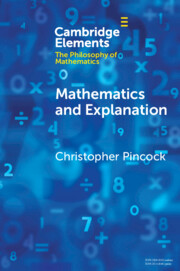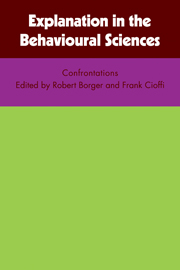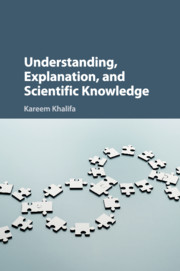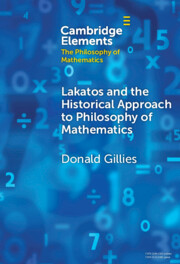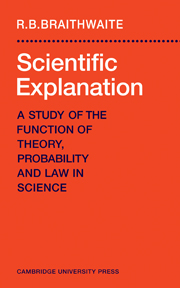Mathematics and Explanation
This Element answers four questions. Can any traditional theory of scientific explanation make sense of the place of mathematics in explanation? If traditional monist theories are inadequate, is there some way to develop a more flexible, but still monist, approach that will clarify how mathematics can help to explain? What sort of pluralism about explanation is best equipped to clarify how mathematics can help to explain in science and in mathematics itself? Finally, how can the mathematical elements of an explanation be integrated into the physical world? Some of the evidence for a novel scientific posit may be traced to the explanatory power that this posit would afford, were it to exist. Can a similar kind of explanatory evidence be provided for the existence of mathematical objects, and if not, why not?
Reviews & endorsements
'[T]his book's survey of positions and arguments will be of use to those familiar with the debate over the role of mathematics in explanation, who are looking for guidance on becoming experts.' Bradford Skow, Metascience
Product details
May 2023Paperback
9781009017664
75 pages
230 × 154 × 5 mm
0.15kg
Available
Table of Contents
- 1. The challenge to traditional theories of scientific explanation
- 2. Counterfactual accounts of mathematical explanation
- 3. Explanatory pluralism
- 4. Autonomy, indispensability and inference to the best explanation
- References.

